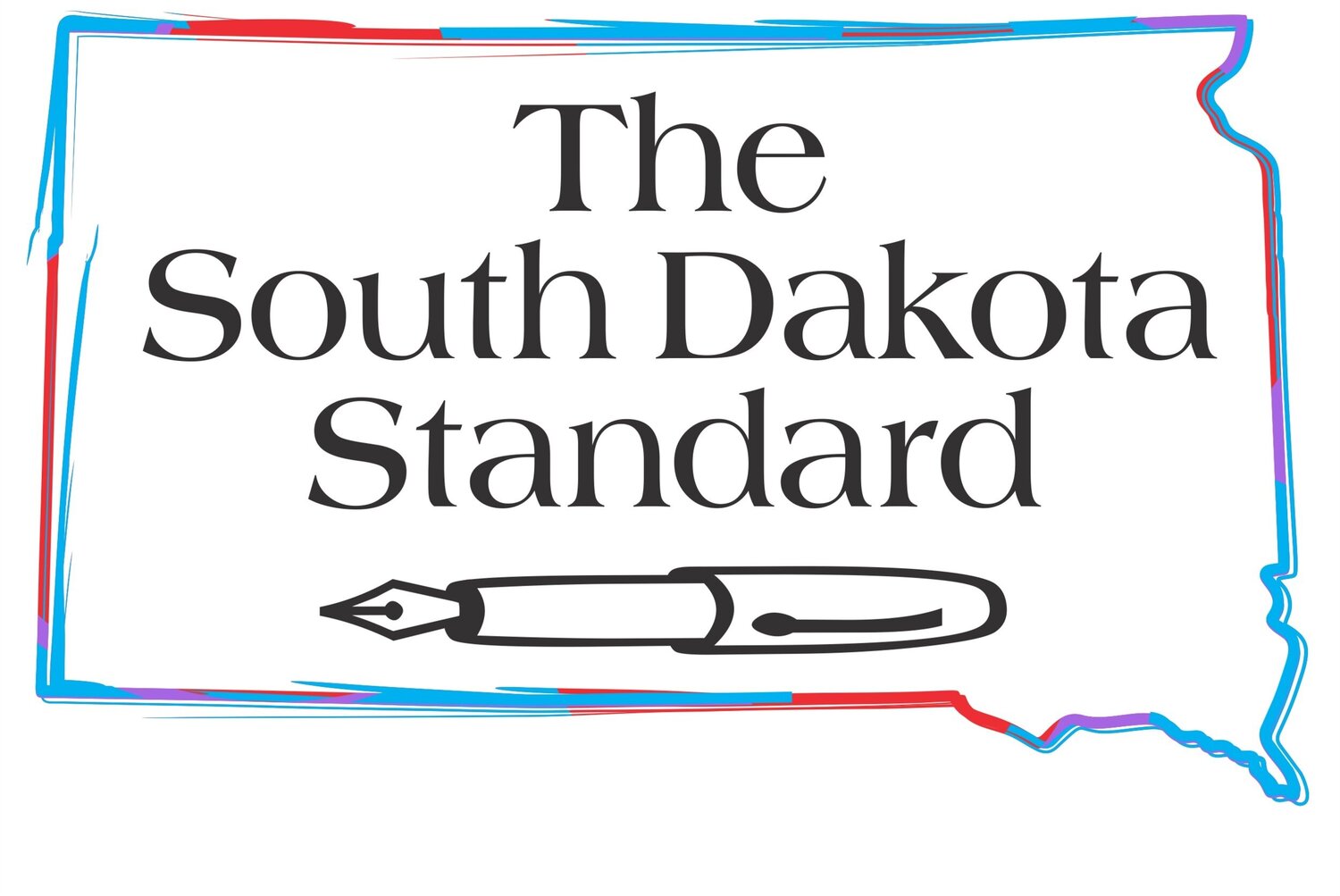Dismal S.D. Democratic registration numbers tell the story. Lack of effective strategy makes bad situation worse.
The lack of an effective strategy by the South Dakota Democratic Party (SDDP) has been obvious for over a decade. In fact, the SDDP Central Committee (SCC) has had no useful strategy for at least a half century.
The success that the party has enjoyed came not from its leadership, but from candidates. Tom Daschle, and before him George McGovern (and to some extent Tim Johnson), were the only forces with the skills and abilities to convince the voters of South Dakota to register and vote for Democratic candidates.
As late as 2005, as the Tom Daschle era ended, almost 40% of the voters in South Dakota were Democrats and a third of the Legislature and the entire congressional delegation were Democrats, due pretty much entirely to the influence of Daschle, McGovern and Johnson.
Since that 40% mark, the SDDP has had the full responsibility of convincing people to register and vote for Democrats. But with no strategy they have failed miserably.
Currently there are barely 23 out of 100 voters in South Dakota who are registered as Democrats, and the majority of independents vote Republican.
The SDDP has had many opportunities over the years to exploit a myriad of mistakes and missteps by the GOP majority. But it lacks leaders with the ability to think and act strategically. The lack of strategy and the inability to implement one has had devastating results for the party and for the state.
This same lack of strategic capability is also found at the national level. Republicans have acted in nearly uncountable ways that have made them vulnerable. Yet, like South Dakota, our national leaders are giving them a pass.
During the Continuing Resolution (CR) debate, Democrats could have introduced amendments that would have forced Republicans to go on the record voting against veterans.
On Social Security, Democrats could have forced Republican to vote against senior citizens who, unfortunately, vote Republican in large numbers.
The Education Department could be funded by eliminating the favorable subsidy to investment income from long term capital gains.
So what did the Democrats do instead?
According to an article in USA Today, our Democratic leaders in Washington introduced a flood of Democratic legislation:
One bill asks for a study to close the wage gap between men and women.
Another wants to better protect voting rights.
Another measure expands opportunities for more people of color to become doctors.
Another is a federal bill banning discrimination against hair textures and styles.
None of these will pass and the sponsors know it. They are symbolic, each pandering to a specific Democratic group. They are not designed to increase support for Democrats. Everyone who supports these things already vote Democrat.
All Republican legislators can vote against each of these bills and not lose a single vote. These bills maintain the status quo. Democrats have to ATTACK the status quo not MAINTAIN it. The status quo is not a nice place to be right now.
This lack of strategy to exploit the Trump disaster means that the lack of quality of leadership is not just a local issue. It is pervasive in the Democratic Party. Telling people what good things they stand for is not a bad strategy, it just isn’t a successful one. Republicans have been very successful in telling voters how bad Democrat governance would be — high taxes, etc.
We have not attacked Republicans — we give them a pass. That cannot continue if we want to restore America to greatness again after the decimation of the Musk/Trump administration, or if we want to put the brakes on this despoilment by gaining control of at least one House in 2026.
The big question: Who are the Democratic leaders who will do this? And where are they?
John Cunningham of Sioux Falls has spent his career in local government finance, including in Fulton County, Ga., and Atlanta. He has a master of public administration from Harvard and has done consultant work in four foreign countries. This column first appeared on the Change Agents of South Dakota website.
Photo: public domain, wikimedia commons






